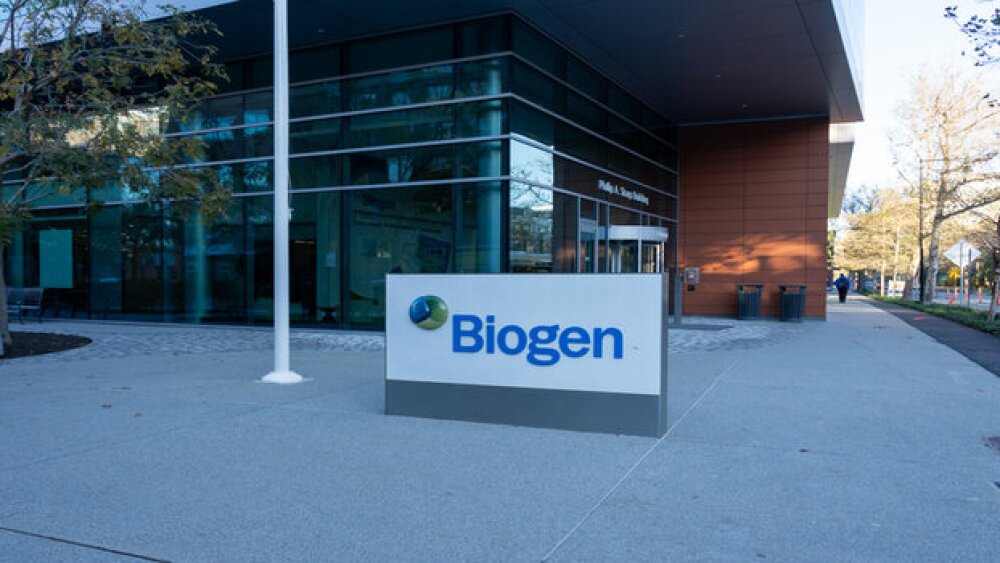April 3, 2015
By Alex Keown, BioSpace.com Breaking News Staff
NEW HAVEN, Conn. – Yale University researchers have found AstraZeneca PLC ’s failed cancer therapy compound saracatinib shows promising results in restoring memory loss in patients and could be repurposed for use in treating Alzheimer’s disease.
Early research in the National Institutes of Health (NIH)-funded study shows the dug was effective in reversing brain problems and memory in mice models of Alzheimer’s. The next step is to test its effectiveness in human models. The findings of the study were published for early review last month in the Annals of Neurology External Web Site Policy.
Alzheimer’s disease, which affects an estimated 5 million Americans, is the most common form of dementia. Alzheimer’s causes clumps of amyloid beta protein to build up in the brain, which damage and ultimately kill brain cells. Current Alzheimer’s drug therapies, including cholinesterase inhibitors such as donepezil, galantamine and rivastigmine, and Forest Laboratories, Inc. ’ Namenda XR, can only ease symptoms without stopping disease progression.
Working from AstraZeneca’s cancer drug, Yale researchers used the medicine to target a protein called Fyn kinase, which plays a central role in how amyloid beta clusters damage brain cells. Saracatinib targets the same Fyn protein and already had cleared several key steps in the development process, giving the Yale team a head start on the research.
“The investigational drug already had been developed, optimized and studied in animals as well as tested for safety in humans, so our ability to obtain this asset through NCATS and AstraZeneca gave us an incredible shortcut in the drug development process,” said Stephen Strittmatter, a neurologist and the lead researcher.
In their study the Yale team gave saracatinib to mice with Alzheimer’s-like symptoms, such as memory loss and age-related buildup of abnormal amyloid beta clusters, modeling the development of the disease in humans. After four weeks, the Alzheimer’s mice showed complete reversal of spatial learning and memory loss. They found the characteristic synapse loss was fully restored, which offered a biological explanation for the memory improvement, the researchers said in a press release. The treatment also reduced several other Alzheimer’s-related biochemical changes in the mice and did not appear to be toxic, they added.
The Yale team has completed a successful Phase Ib safety trial in humans with Alzheimer’s disease and is currently enrolling more participants in a larger, multisite Phase IIa trial to assess safety, tolerability and effectiveness of the experimental compound. A total of 152 participants will receive saracatinib or placebo for one year, and the researchers expect to have final results within two years.
Drug development can take at least a decade from the discovery of a therapeutic target to a Phase II human clinical trial. In the case of saracatinib, the research team completed required preclinical and clinical safety studies and began a Phase IIa trial within about 18 months. An AstraZeneca spokesman said they were pleased with the work being done at Yale.
In addition to the work being done at Yale with saracatinib, researchers at Baylor College of Medicine are exploring the drugs use for treatment in Lymphangioleiomyomatosis, a progressive lung disease.
BioSpace Temperature Poll
After last week’s news that Gilead had issued a health advisory to doctors, concern is growing after nine patients taking Harvoni or Sovaldi along with another drug, amiodarone, were treated for abnormally slow heartbeats. One of the patients died of cardiac arrest. Three of the nine patients required a pacemaker. That has BioSpace asking, what next?





